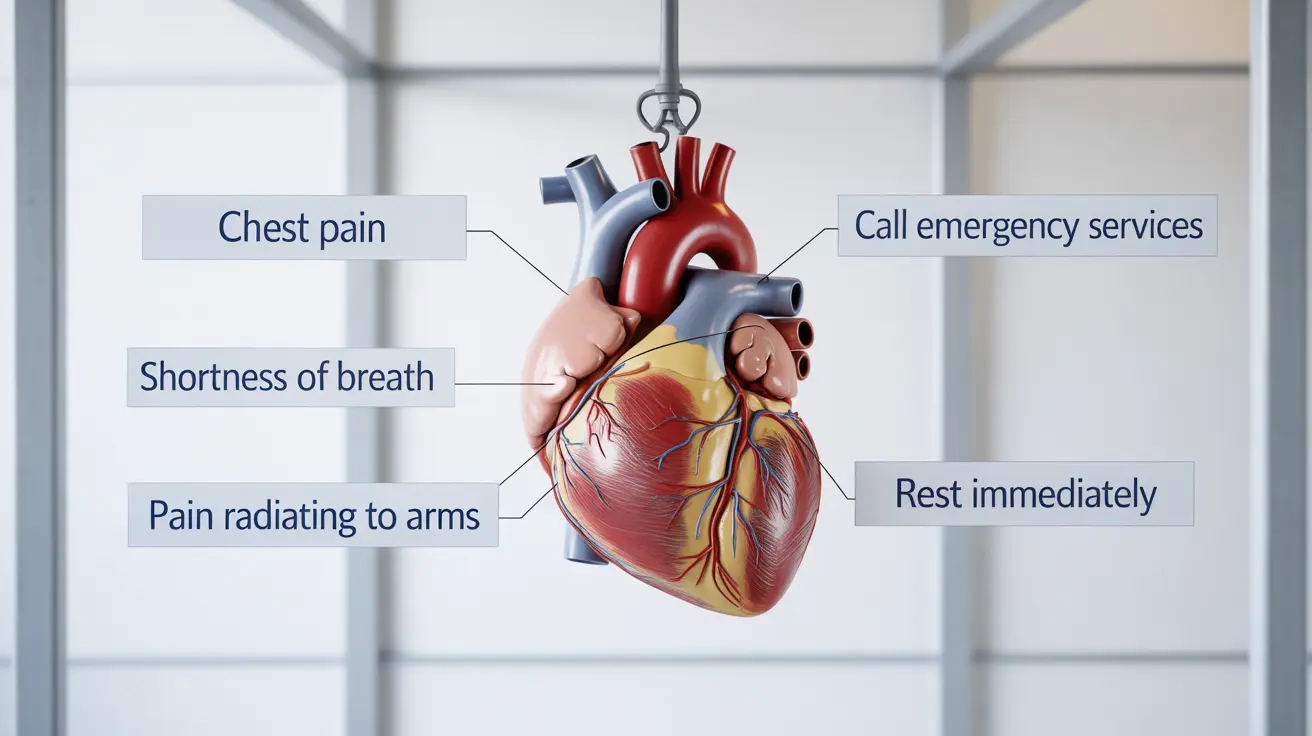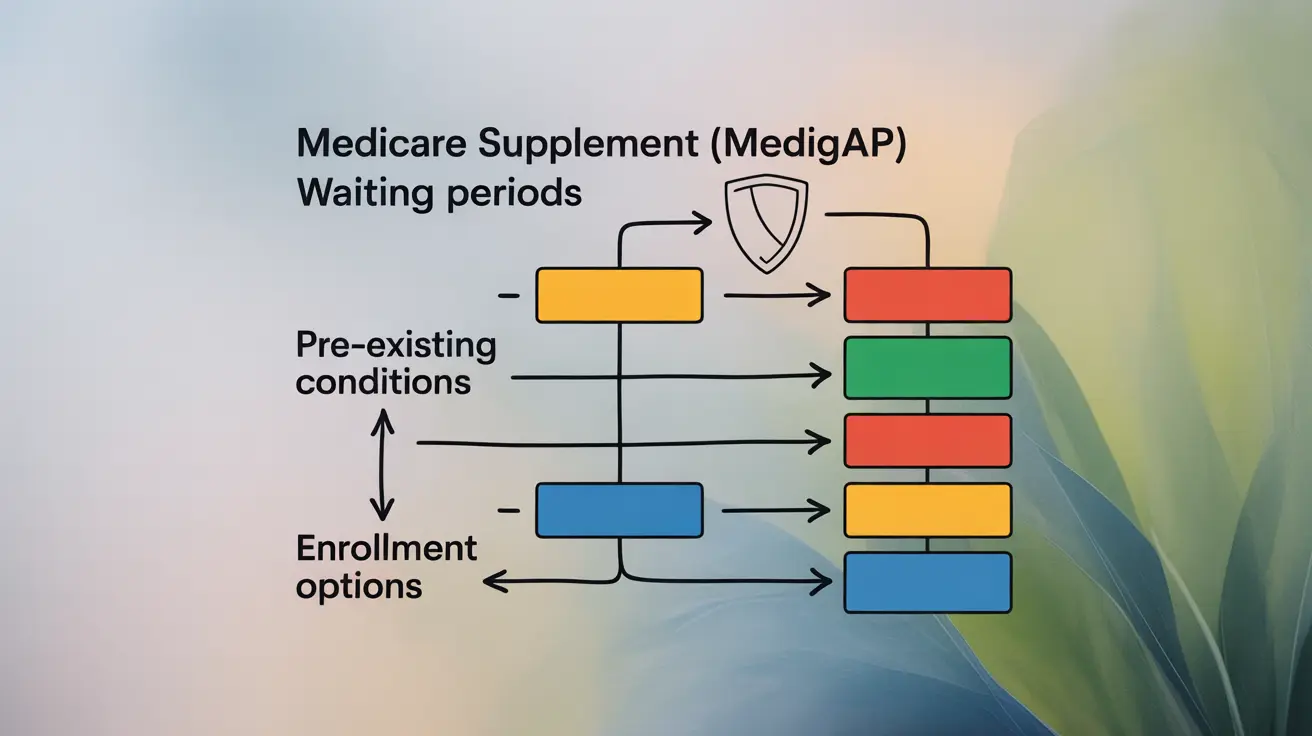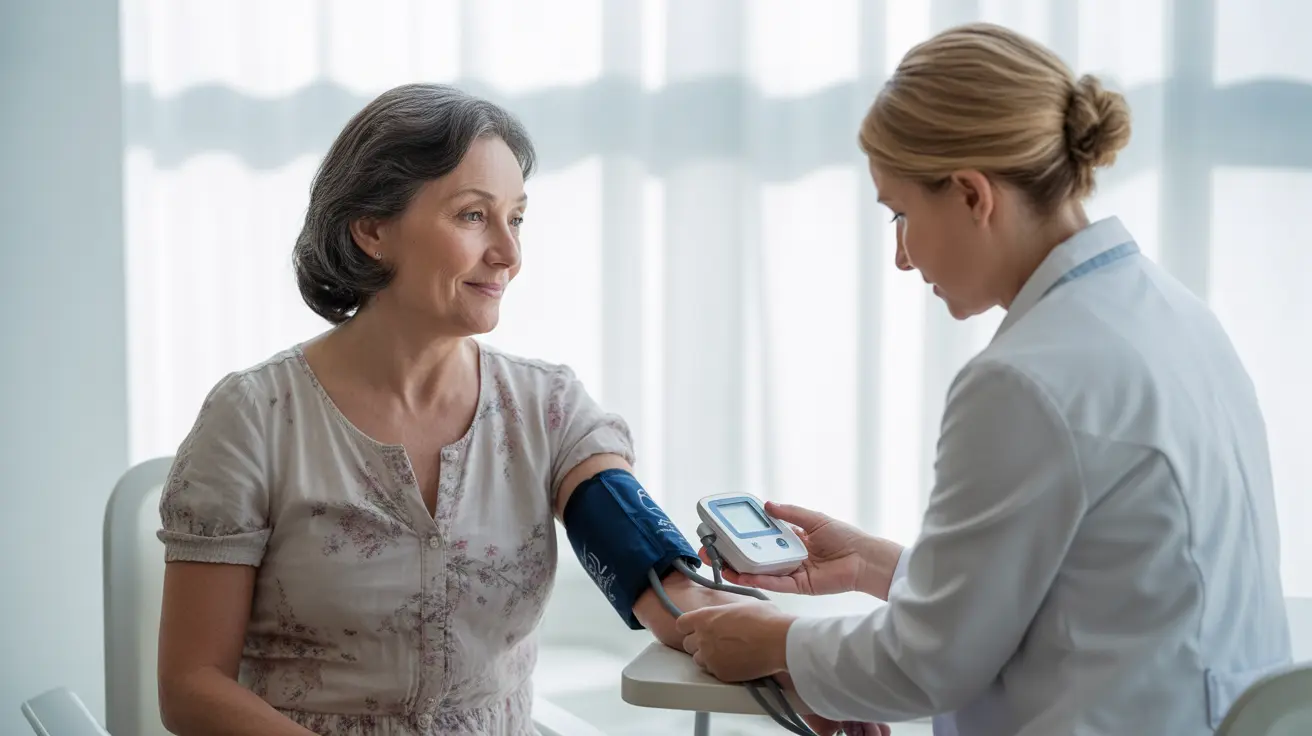Chemical burns are a serious health concern that can occur unexpectedly in both home and work environments. These injuries happen when harmful substances come into contact with the skin, eyes, or are inhaled or ingested. Understanding the risks, knowing how to respond quickly, and implementing preventive measures are crucial for minimizing the potential damage caused by chemical exposure. This article will guide you through the essential steps of first aid, prevention, and safety measures for chemical burns.
Recognizing Chemical Exposure and Its Causes
Chemical burns can result from various substances, including household cleaners, industrial chemicals, and even some personal care products. The severity of the burn depends on factors such as the type of chemical, its concentration, and the duration of exposure. It's important to note that chemical exposure isn't always immediately apparent, and symptoms may develop gradually, especially in cases of prolonged workplace exposure.
Common Signs of Chemical Burns
Recognizing the signs of a chemical burn is crucial for prompt treatment. Some common indicators include:
- Redness, irritation, or burning sensation on the skin
- Pain or numbness in the affected area
- Blisters or skin peeling
- Coughing, wheezing, or difficulty breathing (if inhaled)
- Vision changes or eye pain (if eyes are affected)
Immediate First Aid Response for Chemical Burns
When a chemical burn occurs, quick and appropriate action is essential to minimize damage and promote healing. Follow these steps for immediate first aid:
1. Ensure Safety First
Before assisting the victim, ensure that the area is safe and that you're protected from chemical exposure. Wear appropriate safety gear, including gloves and eye protection if available.
2. Remove the Person from the Source
Carefully move the affected person away from the chemical source to prevent further exposure. Avoid direct contact with the chemical yourself.
3. Remove Contaminated Clothing and Jewelry
Carefully remove any clothing or accessories that may have come into contact with the chemical. This prevents continued exposure and allows for better treatment of affected areas.
4. Rinse the Affected Area
For most chemical burns, immediately rinse the affected area with cool running water for at least 15 minutes. For dry chemicals, brush off excess material before rinsing. Be cautious not to spread the chemical to unaffected areas or the eyes.
5. Seek Medical Attention
After initial first aid, seek immediate medical help, especially for severe burns, large affected areas, or if the chemical was inhaled or ingested. Contact a poison control center (1-800-222-1222 in the US) for specific guidance.
Ongoing Care and Special Precautions
After the initial first aid response, continue to monitor the affected person and provide care as needed:
- Treat for shock if necessary (lay the person down, elevate legs if possible, keep warm)
- Apply cool, moist compresses to relieve pain
- Cover the burn with a sterile, dry dressing or clean cloth
- Do not apply ointments, balms, or other home remedies without medical advice
- Avoid touching blisters or removing dead skin
Preventing Chemical Hazards at Home and Work
Prevention is key in avoiding chemical burns. Implement these safety measures to reduce risks:
Safe Storage and Handling
- Store chemicals securely, out of reach of children
- Keep chemicals in their original, labeled containers
- Never mix different cleaning products, especially those containing ammonia and bleach
- Use chemicals in well-ventilated areas
- Read and follow all label instructions and precautions
Workplace Safety
- Ensure proper training on chemical handling and safety procedures
- Use appropriate personal protective equipment (PPE)
- Follow all workplace safety protocols and guidelines
- Report any safety concerns or incidents immediately
By understanding the risks, knowing how to respond, and implementing preventive measures, you can significantly reduce the likelihood and severity of chemical burns. Always prioritize safety and seek professional medical help when needed.
Frequently Asked Questions
- What is the correct first aid procedure for a chemical burn on the skin?
The correct first aid procedure for a chemical burn on the skin is to immediately remove any contaminated clothing and rinse the affected area with cool running water for at least 15 minutes. For dry chemicals, brush off excess before rinsing. After rinsing, cover the burn with a clean, dry dressing and seek medical attention.
- How long should I rinse my eyes after chemical exposure, and when should I go to the hospital?
If a chemical enters your eyes, rinse them with cool water for at least 15 minutes, holding the eyelids open. Seek immediate medical attention after rinsing, regardless of the severity. Always go to the hospital for any chemical exposure to the eyes, as damage may not be immediately apparent.
- What household products commonly cause chemical burns, and how can I store them safely?
Common household products that can cause chemical burns include bleach, drain cleaners, oven cleaners, and strong acids or bases. Store these products in a locked cabinet, out of reach of children, and in their original containers. Keep them away from food items and never transfer them to unlabeled or food containers.
- Why shouldn't I use ointments or home remedies on a chemical burn?
Ointments or home remedies should not be used on chemical burns because they can trap the chemical against the skin, potentially worsening the burn. Additionally, some remedies may react with the chemical, causing further damage. Always rinse with water and seek medical advice before applying any treatments.
- How can I protect myself from chemical exposure risks at work or home?
To protect yourself from chemical exposure, always read and follow product labels, use appropriate personal protective equipment (gloves, goggles), work in well-ventilated areas, and avoid mixing chemicals. At work, follow all safety protocols, attend training sessions, and report any safety concerns. At home, store chemicals safely, use childproof locks, and dispose of unused chemicals properly.




